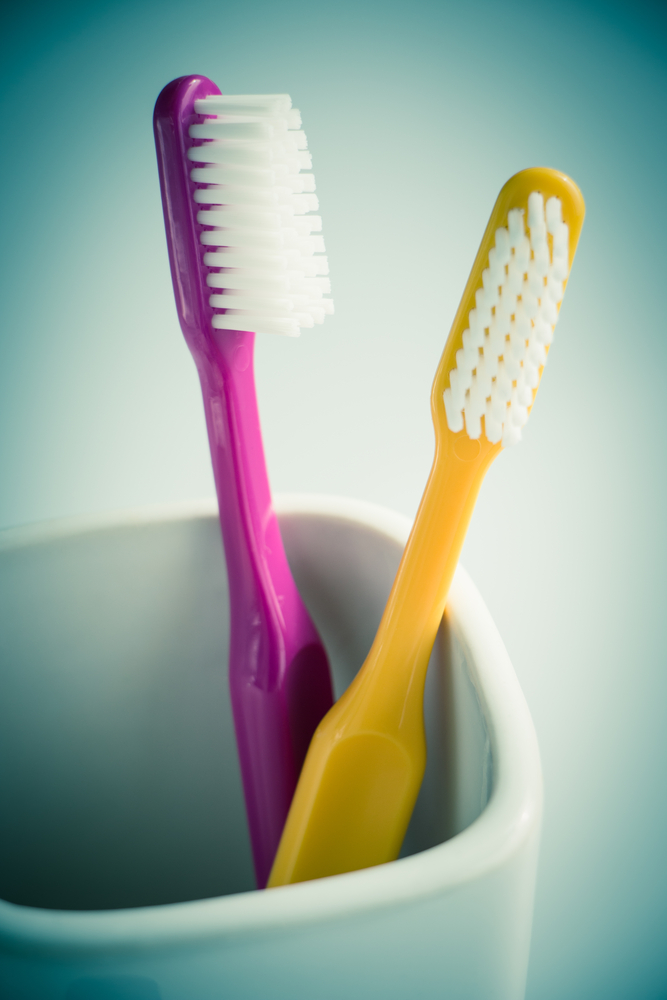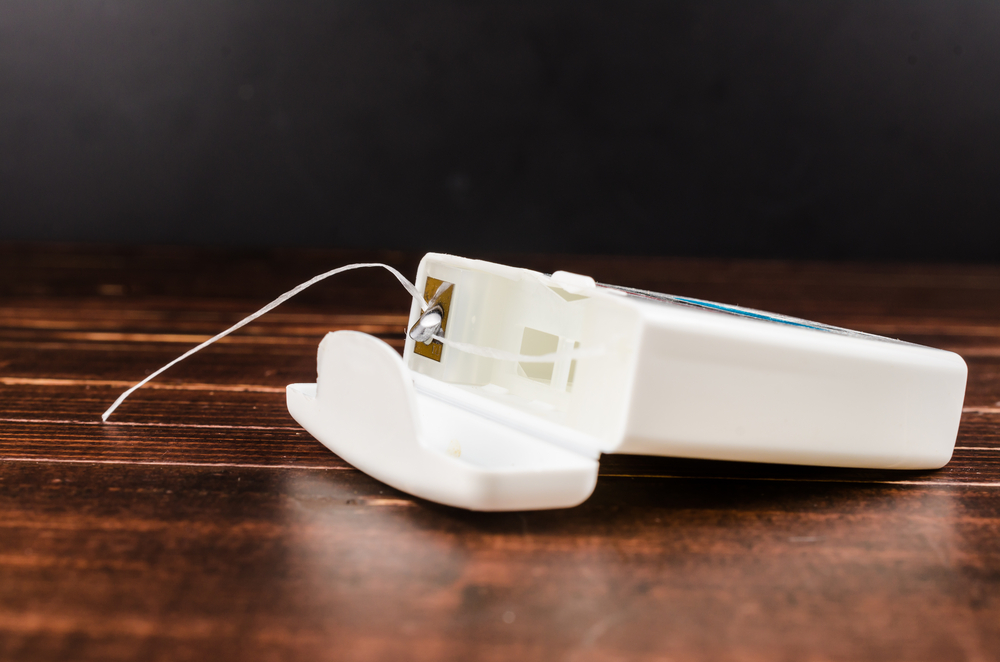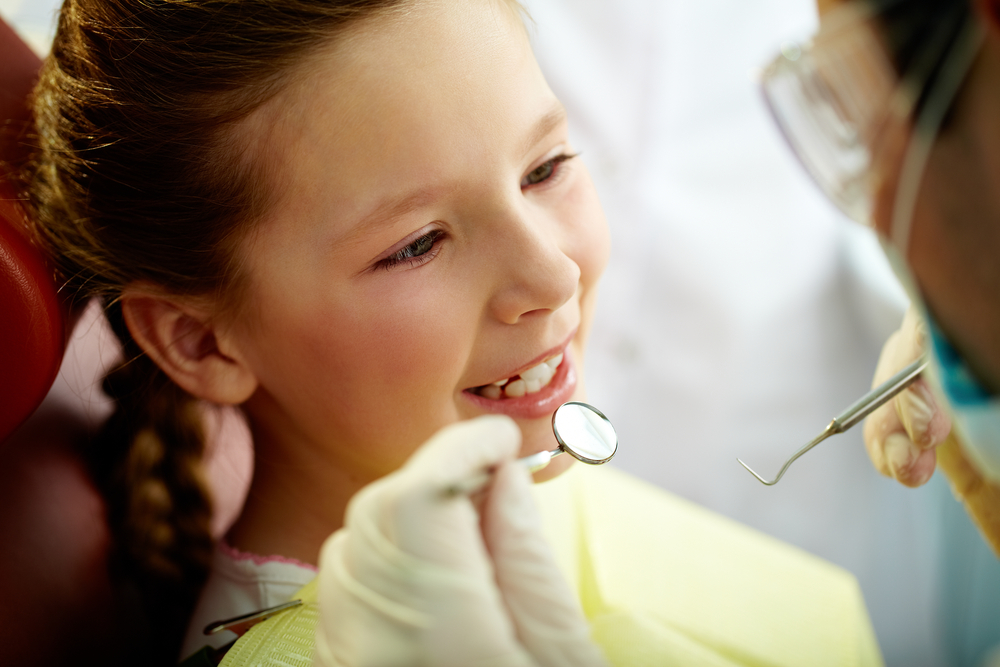
It is essential to take good care of your child’s primary teeth (sometimes called baby teeth). Neglecting cavities or other problems in these teeth can lead to problems in their gums and permanent teeth. Though your child will lose these teeth as they grow, primary teeth play important roles in your child’s oral health. Primary teeth:
- Establish proper patterns of chewing and eating;
- provide space for permanent teeth;
- Allow for correct development of the jaw bones and muscles; and
- Affect the development of speech.
Toothbrusing:
It’s important to help children establish good brushing habits early on. While they are still babies, wipe their gums with a soft cloth and water after each feeding. As teeth start to emerge, use a soft toothbrush to clean the teeth and gums daily. For toddlers, choose a soft toothbrush and toothpaste designed specifically for children. Make sure you choose toothpaste that is recommended by the American Dental Association and that is free from harsh abrasives which can wear away your child’s developing tooth enamel. For children age 2 and younger, use only a smear of toothpaste, about the size of a grain of rice. For children aged 2 to 5, use a pea-sized amount of toothpaste. Don’t let your child swallow the toothpaste. If your child is too young to spit out the toothpaste, use fluoride-free toothpaste to avoid them ingesting too much fluoride. For the first few years, you should help your child brush their teeth. Make sure they brush their teeth at least twice a day.
Use gentle, circular motions and make sure to clean all the teeth, the gums, and the tongue. Even after your child is old enough to brush their teeth on their own, you should supervise the brushing until about age 7.

Flossing is an important part of tooth care because it removes plaque that a toothbrush can’t reach, including between the teeth and under the gum line. You should start flossing your child’s teeth when they have two teeth that are touching. Floss your child’s teeth daily until they can do

Your child’s teeth need the nutrients from a well-balanced diet in order to grow and stay healthy. Make sure that your child eats a variety of foods and eats more whole fruits, vegetables, and grains instead of sugary or fatty foods. Be careful with snacks; not only do sugary snacks lead to the formation of cavities, but the more frequently they snack the more likely they are to have tooth decay. Hard candy, mints, and other foods that stay in the mouth for a long time can also increase tooth decay because it gives bacteria more time to build up acid that can damage teeth.


First Visit
It is important that you help your child establish a good attitude toward visiting the dentist from the very beginning. Before their first visit, tell them what to expect and explain that the dentist and assistants are there to help. Listen to your child’s concerns and help them understand that they don’t need to be afraid of anything that happens at the dentist. Keep your descriptions simple and avoid using words that may scare them, including mentions of needles, pulling, or other painful procedures. Discourage older siblings from teasing the child about the dentist.
Regular Dental Visits
You should take your child to the dentist every 6 months, starting at their first birthday. These regular visits will help keep your child’s teeth strong and help you identify early signs of trouble.
Here are some tips to help make your visits to the dentist as easy as possible:
- Dental visits are part of growing up. You shouldn’t offer rewards or indicate in any way that there is anything to fear.
- The less “fuss” the better.
- If you child wants more information about the dentist, explain to them that the doctor will look at his/her teeth to make sure they are healthy.
- Make sure that your child is well rested the day of the appointment.
- Don’t threaten a visit to the dentist as a form a punishment for bad behavior.
We have invested in the latest digital radiography, increasing our ability to make effective treatment planning while decreasing radiation exposure during x-rays.
Dental radiographs not only detect cavities, but also show progress of teeth growth and help alert your dentist of bone diseases and other problems. They let your child’s dentist see patterns and symptoms that are not visible in a physical examination. By finding and treating potential problems early, you can save money and avoid unnecessary procedures later. We may recommend x-rays once or twice per year, depending on risk factors for tooth decay and other problems. The amount of radiation from a dental x-ray is small and your child will be protected by a lead apron and other protective measures.
Sometimes brushing is difficult to do in hard to reach spots in your mouth. It is difficult for a toothbrush to get between the small cracks and grooves. A sealant is clear or tooth colored material that is applied to a child’s back teeth that prevents food, plaque, and acid from getting in the cracks and areas of the teeth that are prone to decay.
Sealants typically last from three to five years, although some adults have sealants intact from childhood. A sealant ONLY provides protection when it is fully intact, so let us know your sealants come off and schedule an appointment for your teeth to be resealed.
